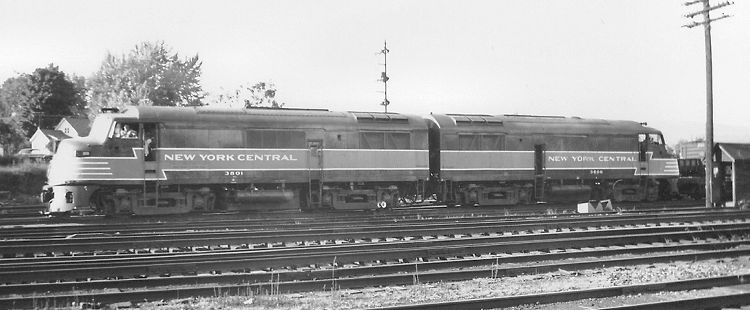The Baldwin Locomotive Works, a leader in the production of steam locomotives, entered the diesel market too late to survive long in an industry dominated by General Motors' Electro-Motive Division and, to a lesser extent, the American Locomotive Company, and their Canadian affiliates. With some exceptions usually due to wartime restrictions, steam locomotives were custom-built for each railroad, and in the early to mid twentieth century each major line's motive power fleet had its characteristic "look." By contrast, the successful diesel builders marketed the same line of models to the entire railroad industry, resulting in cookie-cutter locomotive fleets distingushed only by their paint jobs. Baldwin, however, carried the "tailor made" philosophy into its earlier diesel production, a strategic error which resulted in the creation of some distinctive designs that were sold only to a handful of railroads. One example was the famous "Shark Nose" style pioneered by the Pennsylvania Railroad — emulating its T-1 duplex drive steam engines — and another was the ponderous, multi-wheeled "Centipede."
A lesser known Baldwin product was the "Baby Face" style, predecessor to the "Shark Nose," which existed in passenger and freight versions. The freight model was sold in 1500-horsepower A and B units, known as the DR-4-4-1500. The New York Central had four A and two B units, and I happened to photograph A units Nos. 3800-3801 during a family visit to Pittsfield, Massachusetts, in August 1955. Built in 1948 as class DFA-4a, they had just been renumbered from 3400-3401. These units, with others in the same group, were withdrawn from service at the end of 1960; 3801 was sold for scrap in 1961, and 3800 in 1962. To view some of the Baldwin units in the DR series, visit North East Rails' Baldwin Cab Diesel Railroad Locomotives page.
